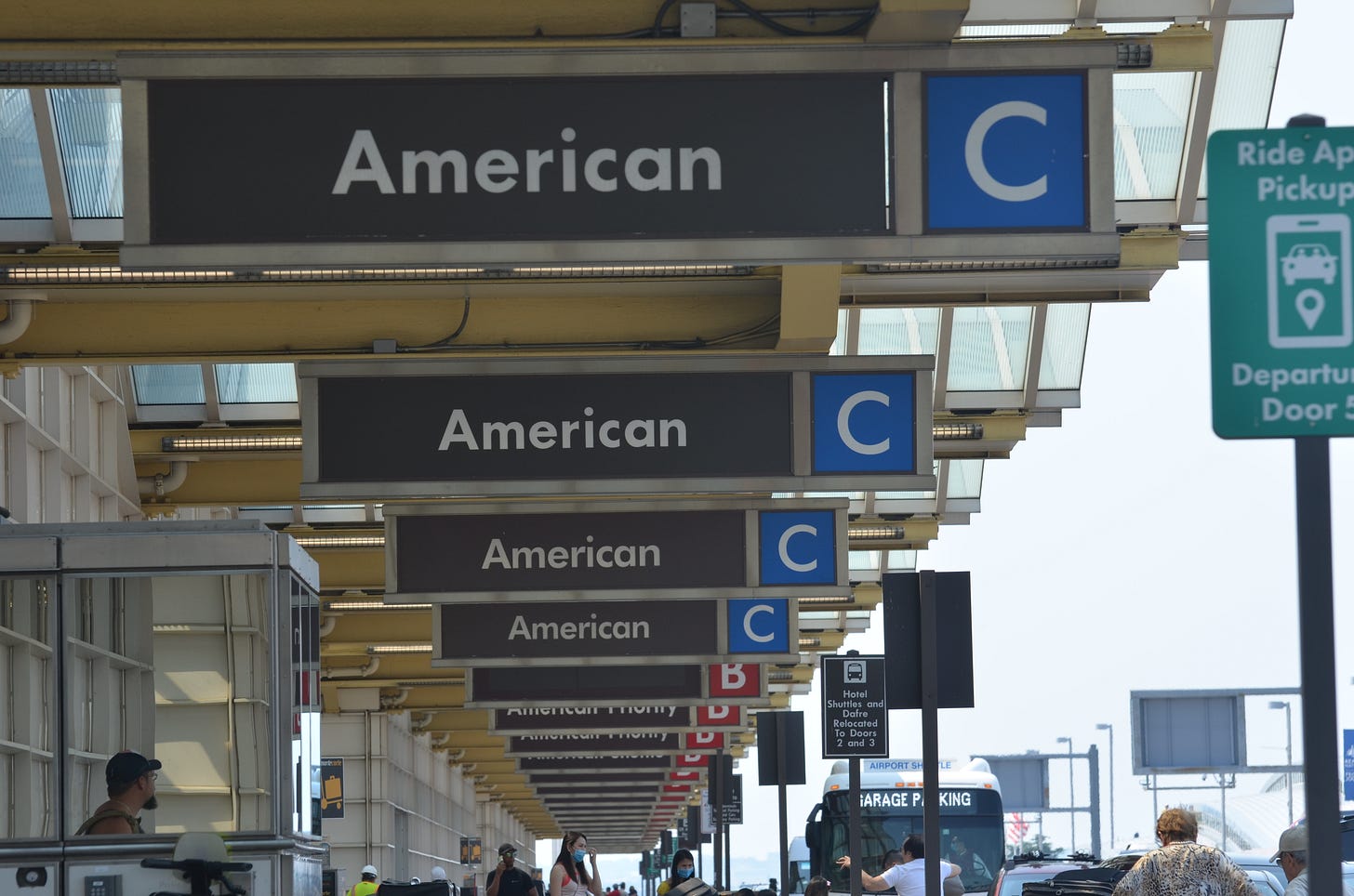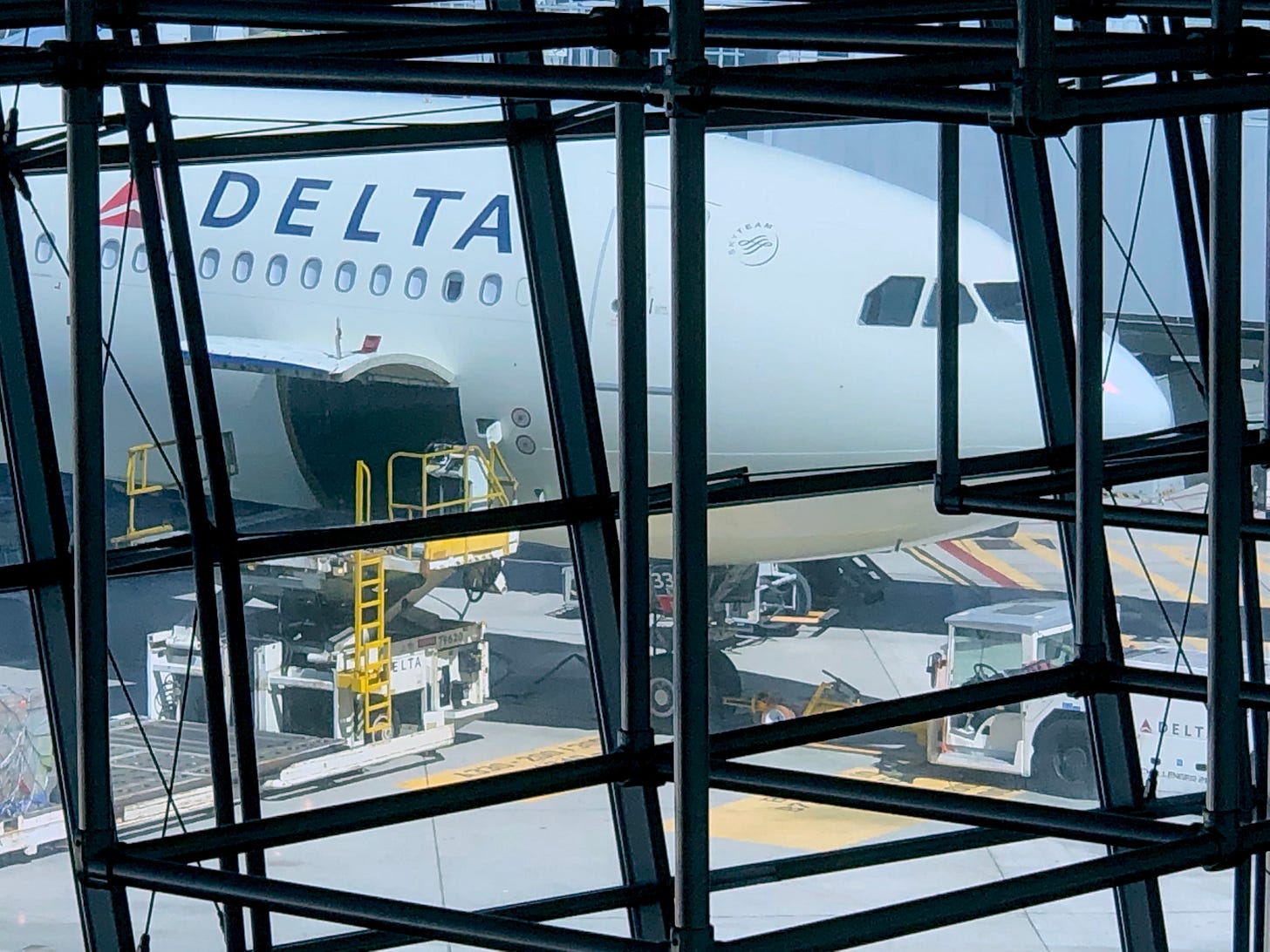We are in it now. The summer travel season kicked off with this Memorial Day weekend. The airlines say they are ready, the government is watching closely, and flyers just want to get to where they are going (it’s costing more). Changes have been made to avoid the travel nightmare we saw a year ago. The question is whether those changes will be enough. In the middle of all the meltdowns were several scary incidents that raised questions about airline safety too.
SHARED RESPONSIBILITY
The responsibility for the problems a year ago, and potentially this summer, is shared. The problem has been workers. There weren’t enough people last year in the cockpits and the control towers.
The airlines claim they are now fully staffed after the pandemic’s early retirements that left them short-handed. The shortage of pilots and other personnel made it difficult to fly the aggressive schedules the airlines set a year ago in an attempt to capture all that revenue available with a return to travel.
STAFFING
The FAA, however, admits it is still short-staffed and will be until late this year. To take some pressure off the system, the FAA told the airlines it is OK if they don’t fly 10% of their assigned flights into New York this summer. The major carriers have since cut flights by about 6% to make sure they can get in and out of the troubled aviation area.
“Aviation infrastructure is still fragile,” Delta CEO Ed Bastian admitted on the company’s earnings conference call last month. Peter Carter, Delta’s VP for External Affairs says the FAA granting this waiver is a sign of the troubles in the national air system the agency runs. “They are acknowledging that they have an issue that they need to solve, which is really important,” he said about the FAA staffing issue.
AIRLINES CUT SCHEDULES
Delta is taking action on its own. To avoid a meltdown, Bastian says along with cutting the number of flights, the airline is keeping aircraft in reserve in case there is trouble. In a letter from Delta flyers he said the airline has, “incorporated learnings from last summer into our crew scheduling, with more pilots standing by to fly when needed.”
United’s CEO Scott Kirby was asked if his airline is taking similar steps. While United has canceled 30 daily flights into New York. Kirby says about other preventive measures, “We’ve already done that. When we talk about not building our airline like it’s 2019, we built those buffers in prospectively,” adding, “perhaps others are catching up to that.”
NEW ROUTES
To move aircraft more efficiently on the east coast, the FAA has also approved new high altitude flight paths that should cut flight times on routes heading south. The FAA move will affect 169 routes to make summer travel more efficient.
Even though the government shares some responsibility for potential trouble this summer, the White House says it is watching airlines closely and warns that a repeat of last year’s troubles is not acceptable. President Biden announced earlier this month that he wants airlines to do more for passengers hit by the carriers’ delays and cancellations. Mr. Biden said the new rule would make it, “mandatory for all U.S. airlines to compensate you with meals, hotels, taxis, ride shares, or rebooking fees, and cash, miles, and/or travel vouchers whenever they are the ones to blame for the cancellation or delay.”
Neither the government nor the airlines wants a repeat of last summer. New flight paths, more airline workers, fewer flights, what could go wrong this summer? Wait for bad weather.









Not as sexy for me as your coverage of the Space Race, but no doubt informative and helpful for business travelers and those planning European vacations this summer. You do a great job of covering the transportation interests of a wide spectrum of Americans. Thanks for the great work!